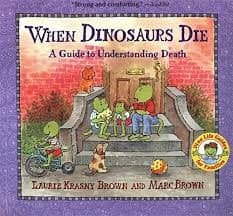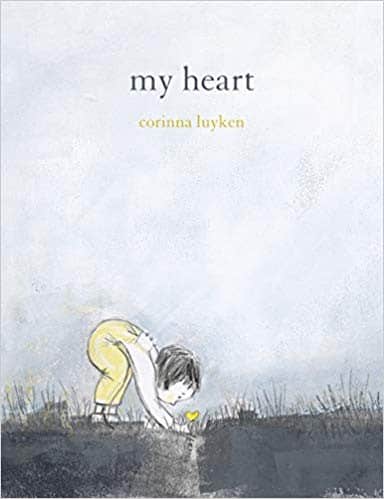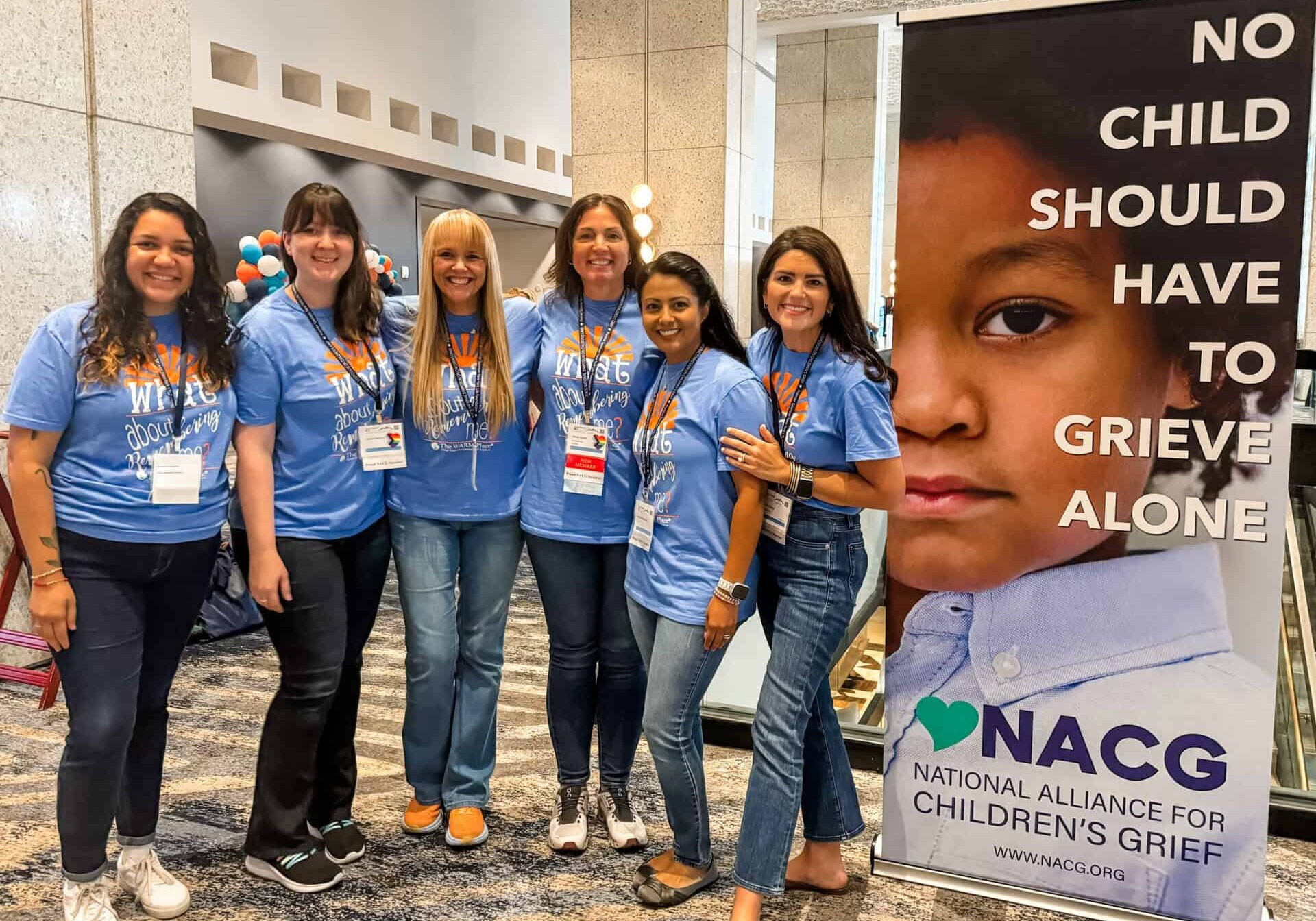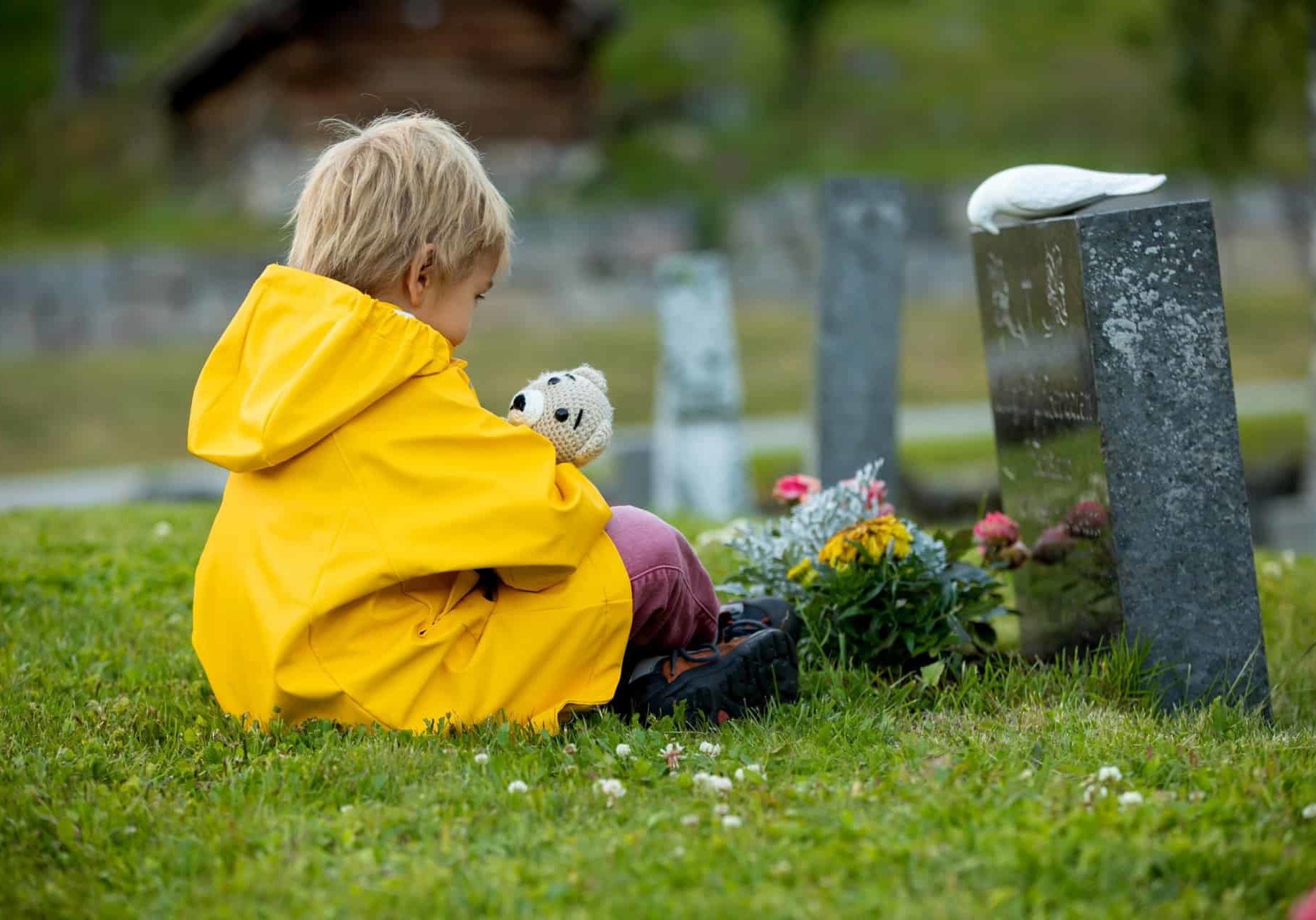 At The WARM Place, we try to speak children’s language when it comes to grief. Often that is the language of play, and sometimes it is also the language of storytelling. Using books is a way to make difficult topics accessible to children. It is also a great way to help teach abstract emotional concepts in a manner that resonates with them.
At The WARM Place, we try to speak children’s language when it comes to grief. Often that is the language of play, and sometimes it is also the language of storytelling. Using books is a way to make difficult topics accessible to children. It is also a great way to help teach abstract emotional concepts in a manner that resonates with them.
We have rounded up a few of our favorite books we use with different age groups, whether about grief or just general emotional expression. Take a look and see which ones you might want to add to your collection!
When Dinosaurs Die by Laurie Krasny Brown & Marc Brown
Ages: 4 – 8
When Dinosaurs Die is a great introduction to the concepts of death and grief for young children. It covers a wide range of subjects that parents or caregivers may be unsure how to tackle. The book starts with some of the most basic concepts – what does it mean to be dead, and what does it mean to be alive? It goes on to discuss the feelings one might have when someone dies and validates the natural responses that many children have. From explaining different types of death, to outlining the ways families may choose to say goodbye to their loved one, this book is a good place to start for families of young children who are wanting to have a thorough and developmentally appropriate conversation about loss.
Try discussing as a family: What feelings did you have when your loved one died? Who do you feel like you can talk to when you feel upset? What would you like to do as a family to remember your loved one?
The Invisible String by Patrice Karst
Ages: 5 – 11
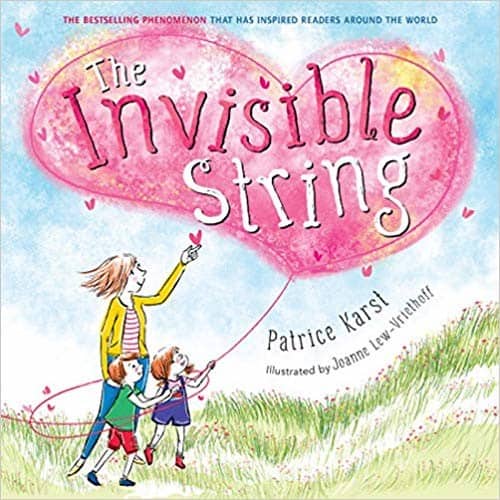 The Invisible String is a book for nearly any age. In this story, children learn that their loved ones are never too far away, as we are all connected by the love that we share. Often after experiencing a death, children may feel worried about losing their connection to their loved one who is gone. They may also have more fears or worries about other family members dying. The Invisible String offers the chance to talk to children about the ways they can remain connected to those who love them, even when those love ones are not near.
The Invisible String is a book for nearly any age. In this story, children learn that their loved ones are never too far away, as we are all connected by the love that we share. Often after experiencing a death, children may feel worried about losing their connection to their loved one who is gone. They may also have more fears or worries about other family members dying. The Invisible String offers the chance to talk to children about the ways they can remain connected to those who love them, even when those love ones are not near.
Try discussing as a family: Tell us about a time when you felt lonely or worried since your loved one died. What are some things we do or can do as a family to keep the memories of our loved one close?
My Heart by Corinna Luyken
Ages: 5 – 14
This poetic book offers an opportunity to explore feelings in a whimsical way, following the heart as it experiences joy, heartbreak, tragedy, and contentment. It offers an open-ended conversation that can apply not only to grief but to the exploration of the breadth of feelings we experience throughout our lives. What does it feel like for your heart to be a slide? What does it feel like for your heart to be a fence between you and the world?
Try discussing as a family: What did your heart feel like after your loved one died? How has that feeling changed overtime?
We Get It: Voices of Grieving College Students and Young Adults by Heather L Servaty-Seib and David C Fajgenbaum
Ages: 18 – 25
We Get It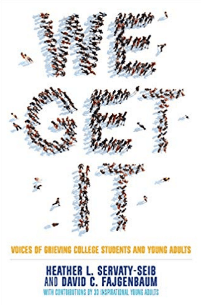 offers a young adult perspective to grief. Each chapter tackles the unique issues facing the young adult population, offering individual stories from those who have been there. From navigating life transitions to handling complicated family relationships, young adults will identify with these universal narratives.
offers a young adult perspective to grief. Each chapter tackles the unique issues facing the young adult population, offering individual stories from those who have been there. From navigating life transitions to handling complicated family relationships, young adults will identify with these universal narratives.
Try discussing as a family: Which of these obstacles has presented the most challenges as you navigate this life stage while grieving? What kind of support do you need?
These books present new ways to think about grief and to connect as a family over a shared grief experience. Literature can offer validation that, although we often feel alone in our struggles, grief is part of a universal experience. Check out these books and more on our Resource Page. You might even find a book in our WARM Place library if you stop by!
Have a favorite book that got you through a tough time? Share it with us!

